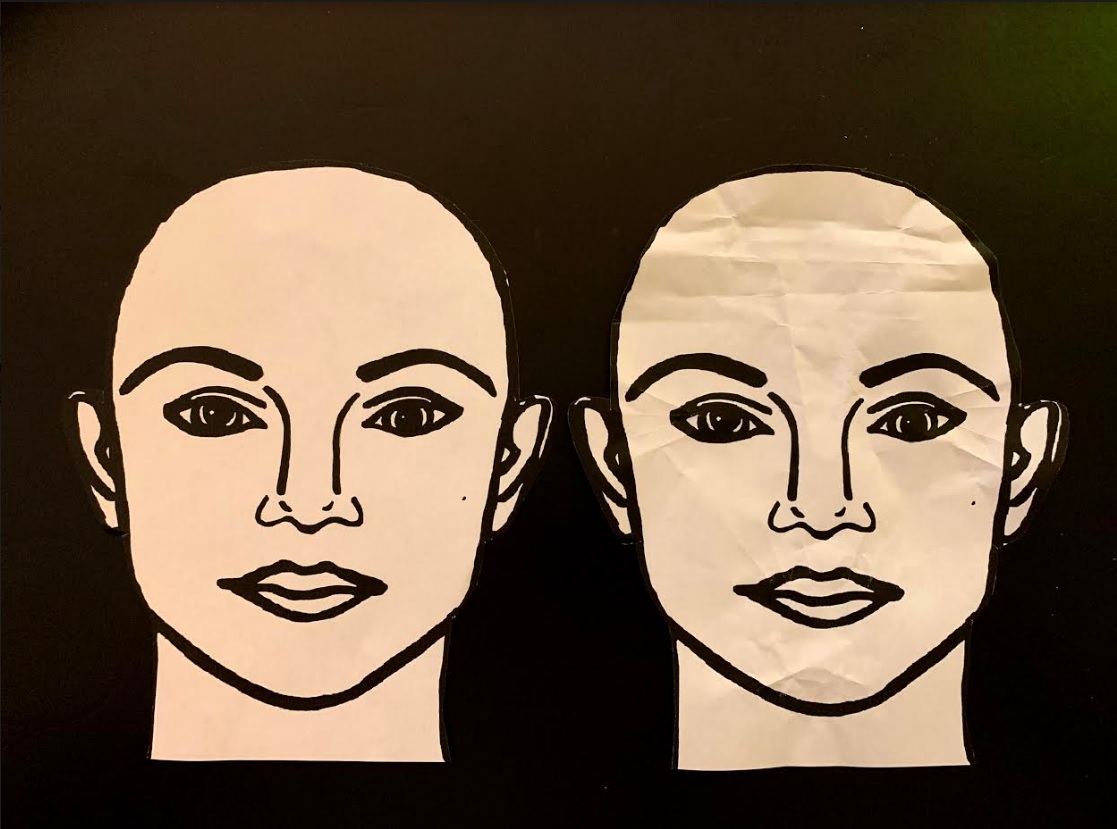In outer-space, a “wrinkle in time” sounds intriguing, sexy, and minuscule. But on your face, a wrinkle shows time – an unsolicited declaration of your own life experience on this planet. While these lines can certainly add character, distinction, and credibility; they can also falsely represent your true emotional attributes, allowing others to misperceive your kind self.
There are different types of wrinkles, also known as lines.
Static lines are always there. They are patient and sneaky. They are the end result of their predecessor, dynamic lines. Dynamic lines are a product of a natural process – speaking, thinking, listening, living. Dynamic wrinkles slowly evolve into static wrinkles. However, by intervening in the process that creates wrinkles, we can slow down the aging process. This is an important quality to someone wanting to maintain mystery about their chronological age into their 40s, 50s, and beyond. If you decide at age 65 that you don’t want to have wrinkles, but have never been proactive, you are going to have an expensive and painful time.
But, “youth” isn’t everything.
By tempering the movement of certain facial muscle contraction patterns, we can reduce, and sometimes eliminate the appearance of resting negative emotions (i.e. R.B.F.).
ANGRY EYES
Nobody wants to hear, “Why are you mad mom?” especially when you aren’t mad.
In the biz, we refer to these lines as the “elevens” because they look like the number 11. They are also called frown lines, anger lines and glabellar lines. The glabella is the area between your eyes at the bottom of the forehead. The muscles that make up the ‘glabella-complex’ allow you to frown by depressing the eyebrows. These muscles collectively pull in a downward vector, like a natural anchor for the upper face. Thus, when you release the anchor it is as though the part of the eyebrows closest to the nose is set free, allowing the eyebrows to relax upwards a small and natural, but
perceivable, amount. After having this area treated, people often look more approachable, rested, and awake.
SQUINTING EYES
Then, there are crow’s feet. They don’t start off this way though, usually they start as little hummingbird feet and progress from there. These are caused mostly by your eye sphincter muscle, the orbicularis oculi. When this muscle is softened, so too are the lines, but something else that can happen is an opening of the eye’s aperture. This lets more of your natural beauty show and can reduce the appearance of tired eyes.
HORIZONTAL LINES
Above all, there are the forehead wrinkles. These wrinkles run horizontally and are caused by a muscle called your frontalis. This is a big flat muscle that lifts up your eye-brows; in fact, it is the ONLY muscle that lifts up your eyebrows. You might be wondering, “if I am paralyzing the only muscle that lifts up my eye-brows, won’t I get heavy brows and saggy eye-lids?” Astute thinking if these were your thoughts! The answer is it depends. This is one of the reasons why selecting an expert injector is paramount when deciding where to go for treatment. An experienced medical professional will be able to determine the relative strength of the muscle, how much of a role it plays in your expressiveness, and how best to modulate it. Generally, this is not a good area to treat if you have excessive upper eye-lid skin.
Click [here] for a FAQ on Botox Cosmetic®.
I read this to the very end, so now what? If you made it this far, you might as well CLICK HERE to book a free consultation. Or call 587-521-0667. Or text 587-410-4835.
***
There is lots of information out there on how neuromodulators work, if you are wanting to really nerd out, please check out www.botox.ca. Alternatively, you can check out https://hemingwaymedicalspa.com/cosmetic-injectables/ for a more in-depth look at the neuromodulation and the aging process.


